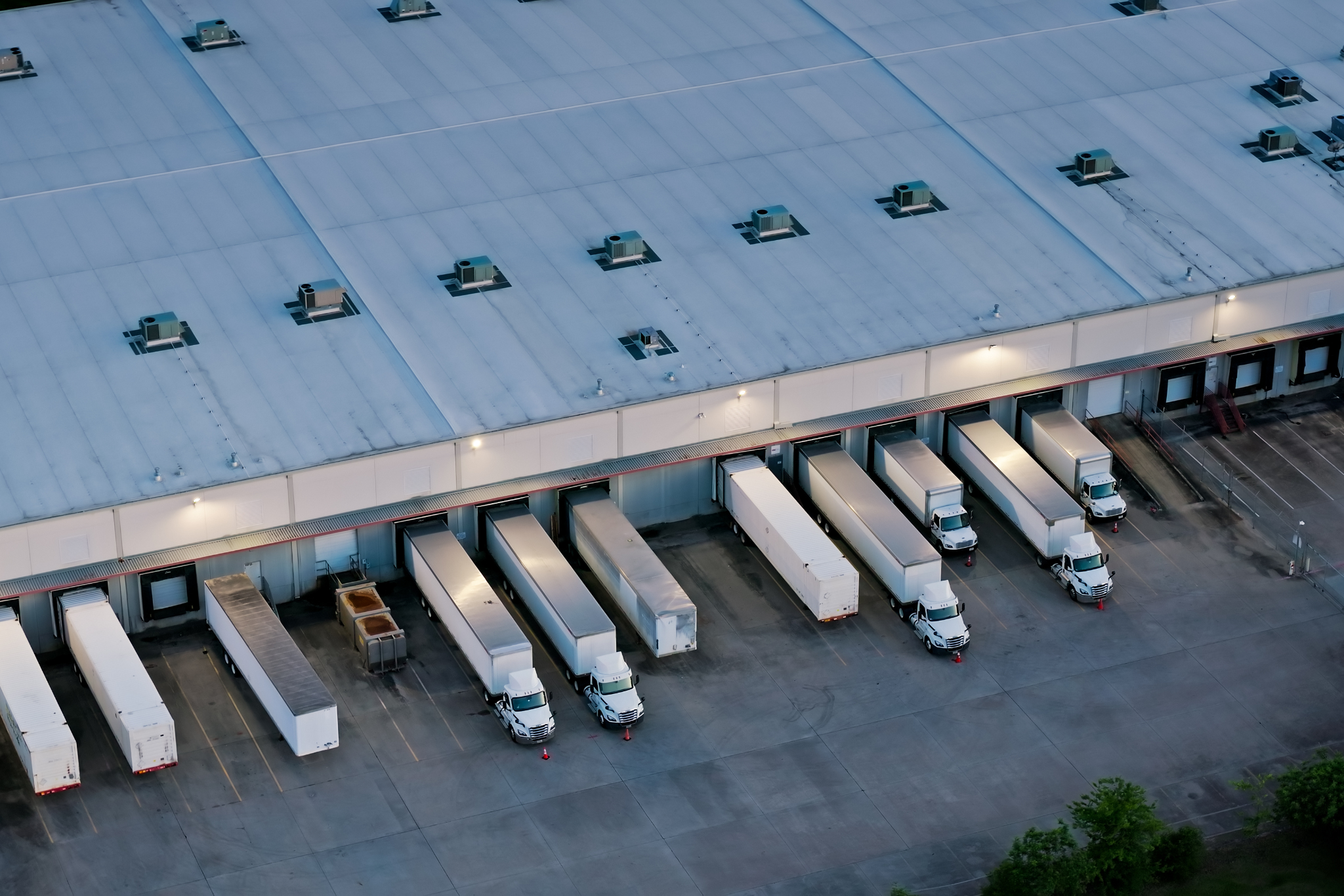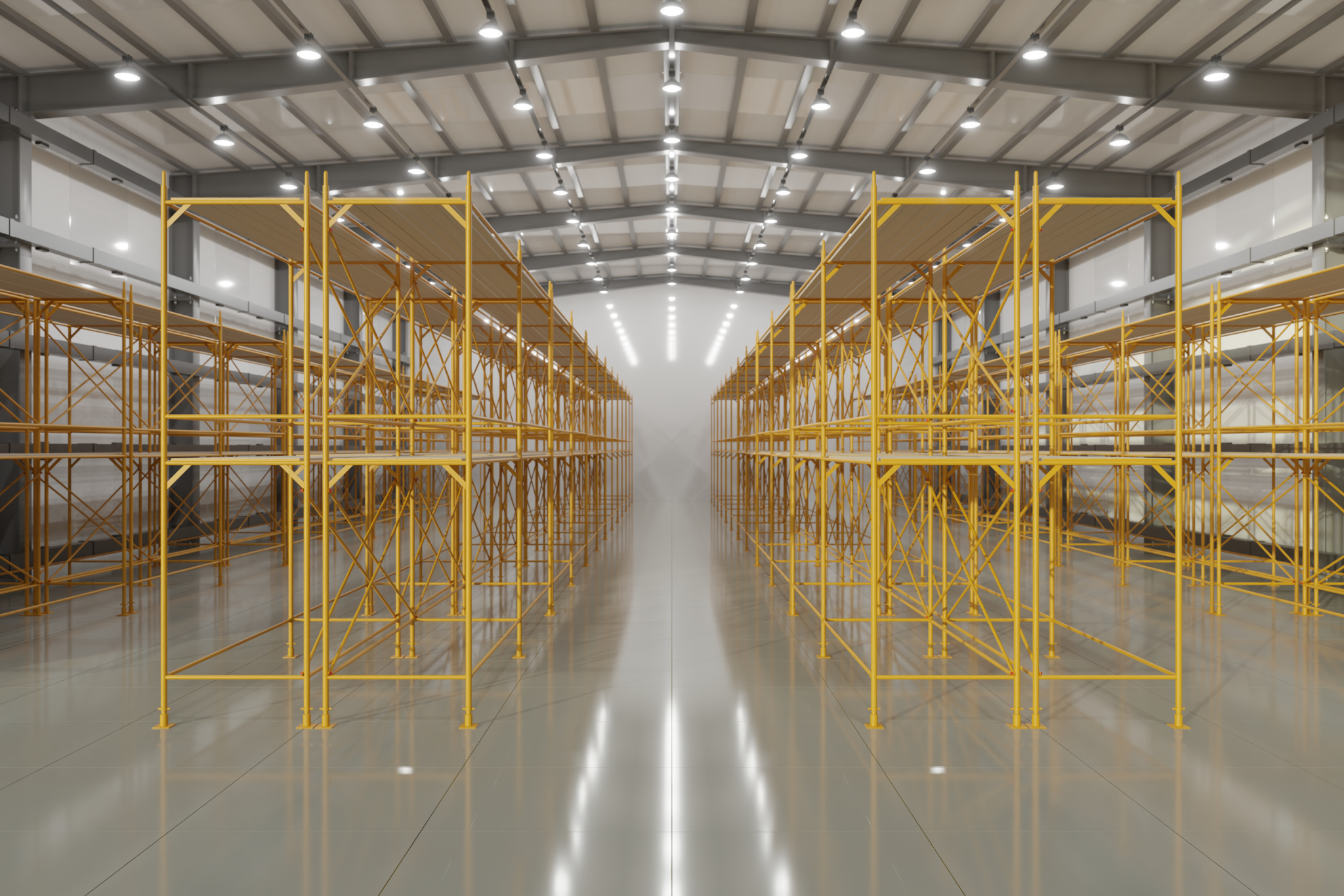How flexible distribution center design empowers retailers to meet omnichannel demand efficiently and profitably.

The retail landscape has transformed more in the past five years than in the previous twenty. Consumer expectations now span every channel, online, in-store, mobile, and everything in between. To keep up, retailers are turning to omnichannel fulfillment strategies that demand a new approach to distribution center design.
Tomorrow’s most successful retailers will be those that can fulfill from anywhere, ship to anywhere, and handle returns efficiently, all from one integrated hub.
The Omnichannel Imperative
Modern shoppers no longer think in channels, they simply expect fast, seamless experiences. They might buy online and pick up in store, ship to home but return in person, or order from a store for same-day delivery.
This fluidity puts enormous pressure on retailers and distribution networks. Traditional, siloed fulfillment models can’t handle the complexity. Instead, companies are investing in omnichannel distribution centers (DCs) designed for flexibility, speed, and accuracy across every order type.
These facilities combine e-commerce, retail replenishment, and reverse logistics under one roof, creating a single operational ecosystem that adapts to shifting customer demands.
Key Elements of Omnichannel Distribution Center Design
Creating an omnichannel-ready warehouse requires more than adding new automation or software. It’s about designing an environment that integrates people, processes, and technology into one cohesive system.
Here are the foundational elements that set high-performing DCs apart:
1. Flexible, Modular Layouts
Fixed racking and static workflows no longer meet the demands of modern fulfillment. The most advanced DCs use modular zones that can expand, contract, or repurpose as order profiles change.
During peak e-commerce periods, space can be reconfigured for single-unit picks. When retail replenishment surges, the same area supports bulk pallet handling. This design flexibility reduces bottlenecks, improves throughput, and maximizes space utilization.
2. Integrated Warehouse Systems
The backbone of omnichannel operations is an integrated tech stack that connects all inventory and order channels in real time.
A Warehouse Management System (WMS) synchronized with Order Management (OMS) and Transportation Management (TMS) platforms provides full visibility into inventory across stores, DCs, and suppliers.
With unified data, retailers can intelligently route each order to the most efficient fulfillment point, optimizing for cost, speed, and customer satisfaction.
3. Flexible Automation and Robotics
Automation is no longer just about speed, it’s about adaptability.
Modern omnichannel facilities employ flexible automation systems such as Autonomous Mobile Robots (AMRs), robotic picking arms, and dynamic sortation. These technologies can be scaled or reconfigured on demand, allowing retailers to pivot quickly during seasonal surges or unexpected market changes.
The result: higher throughput, reduced labor strain, and faster ROI compared to fixed automation systems.
4. Efficient Returns and Reverse Logistics
In an omnichannel world, returns are as important as outbound fulfillment. A well-designed DC includes dedicated returns processing zones with scanning, inspection, and re-stocking workflows that minimize handling time and recover value quickly.
By integrating reverse logistics into the same facility, rather than outsourcing or separating it, retailers improve both sustainability and customer satisfaction.
5. Data Visibility and Real-Time Decision Making
Omnichannel success depends on information that flows as fast as inventory. Through IoT sensors, RFID tracking, and advanced analytics, managers gain a live view of inventory levels, order progress, and equipment performance.
Real-time data allows for faster, data-driven decisions, rerouting labor to high-demand zones, adjusting automation output, and maintaining accurate order promises to customers.
Designing for the Customer, Not the Channel
At its core, omnichannel distribution isn’t just an operational challenge — it’s a customer-experience strategy. Every design decision, from layout to technology selection, should support the ultimate goal: delivering on customer expectations wherever and however they shop.
That means ensuring:
- Inventory is always accurate and accessible
- Orders are picked and shipped through the most efficient path
- Returns are processed quickly and seamlessly
- Every touchpoint supports a unified brand experience
By viewing the distribution center as the nerve center of retail operations, companies can build fulfillment strategies that anticipate customer needs, not just react to them.
How Tompkins Solutions Designs Omnichannel Success
At Tompkins Solutions, we help retailers reimagine their distribution networks for the future of omnichannel fulfillment. Our experts design and implement end-to-end solutions that combine flexible automation, advanced analytics, and human-centric design.
Whether upgrading an existing DC or building a new one from the ground up, Tompkins Solutions delivers:
- Data-driven warehouse layout optimization
- Integrated system design for full network visibility
- Scalable automation tailored to omnichannel complexity
- Operational strategies that balance speed, accuracy, and cost
By aligning technology with strategic design, we help retailers achieve faster fulfillment, lower operational costs, and a customer experience that drives long-term loyalty.
The Future Is Omnichannel and It Starts in the Warehouse
As retail continues to evolve, success will depend on how well companies integrate physical and digital operations. The future distribution center isn’t just a place to store goods, it’s a strategic hub of customer engagement powered by flexibility, intelligence, and innovation.
Ready to transform your fulfillment strategy? Partner with Tompkins Solutions to design an omnichannel distribution center built for tomorrow’s retail world.
How can we help improve your supply chain operations?
Schedule a consultation or contact Tompkins Solutions for more information.

Featured Posts
Discover valuable resources to enhance your knowledge.





